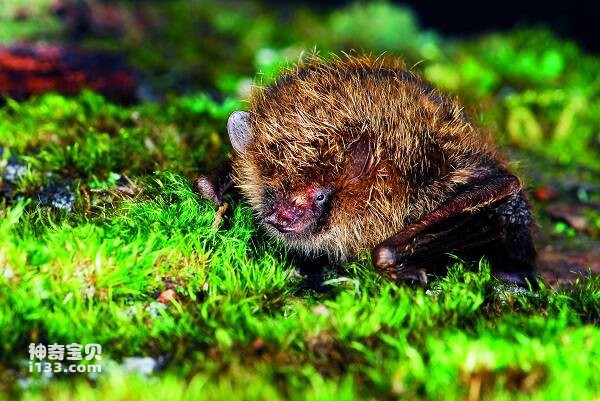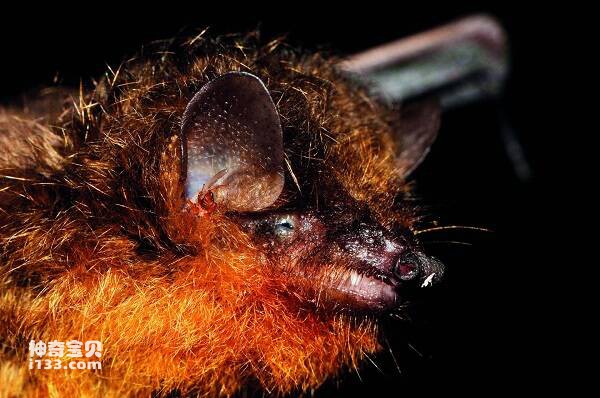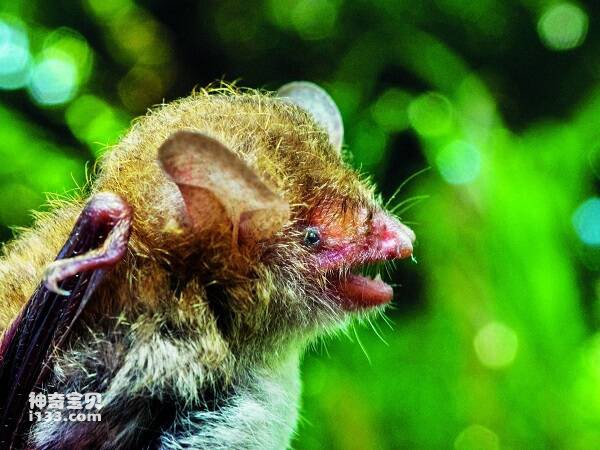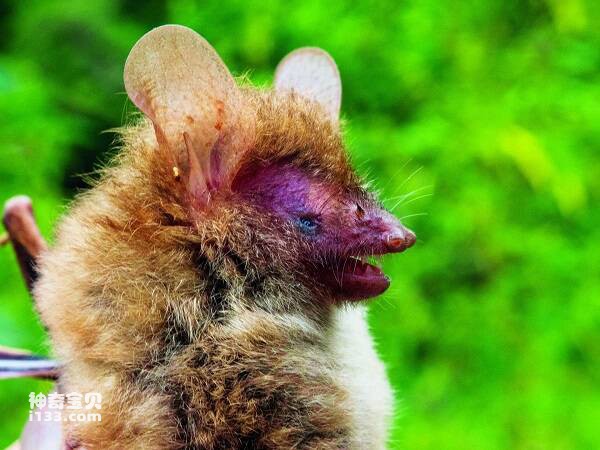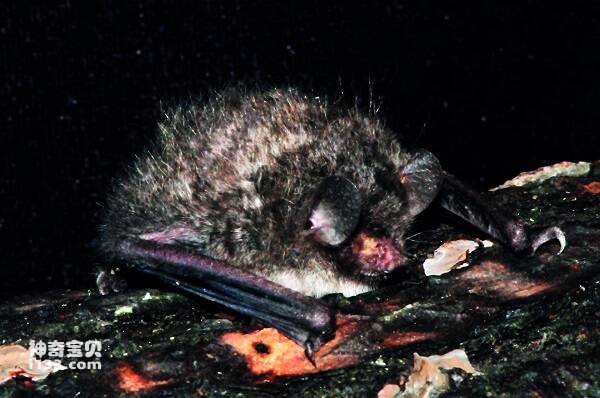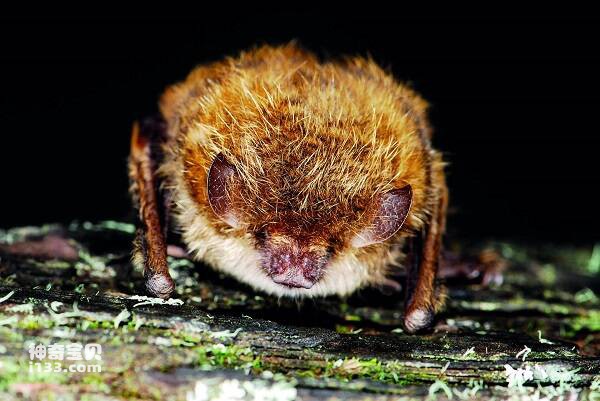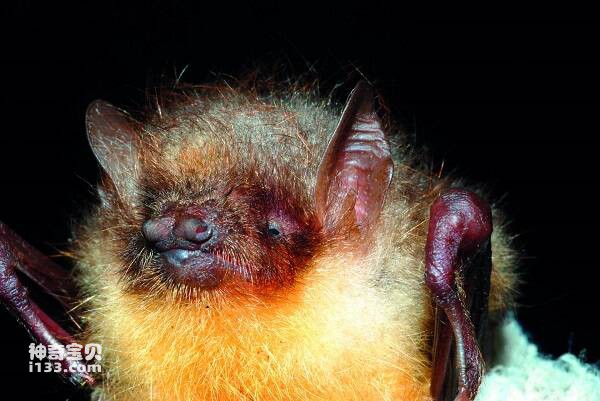Long-eared Bat
IUCN
LCBasic Information
Scientific classification
- name:Long-eared Bat
- Scientific Name:Long-eared bat, rabbit-eared bat, ghost bat, brown big-eared bat, common big-eared bat,Long-eared Bat,Plecotus auritus
- Outline:Chiroptera
- Family:Chiroptera Batidae Macroetis
Vital signs
- length:
- Weight:
- lifetime:
Feature
The ears are very large, wide and long
Distribution and Habitat
In China, it is distributed in Heilongjiang, Jilin, Inner Mongolia, Hebei, Shanxi and other northern regions. It is distributed in Russia and extends to Eurasia.
Big-eared bats mainly inhabit primeval forests or abandoned buildings below 2350 meters above sea level, choosing roof sheds, tree holes and rock holes as habitat sites in summer, and hibernating in caves in winter.
Appearance
The body size is smaller. Forearm length 39-42mm. Ear length reaches or exceeds head length. The auricle is oval with one narrow fold. The tragus is very long and bends forward beyond the rostral end. Nostrils slightly up. The tail is very long, reaching or exceeding body length, completely enclosed in the interfemoral membrane, or only slightly protruding at the tail end. Dorsal hair dark brown; The ventral hair is grayish white, the tip light brown; The alar membrane is grayish brown.
Details
The big eared bat, also known as the long eared bat or rabbit-eared bat, is characterized by an ear that is longer than the head length. It lives alone and does not mix with other bats. Beginning to sleep in September, the hibernating big-eared bat does not eat or move, the ear is folded under the arm, only the tragus is exposed, and the body surface temperature is only 5.5 ° C.
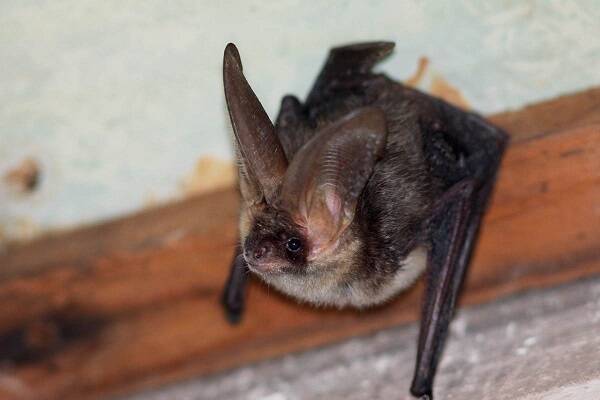
Big-eared bats nest in burrows, deep rock crevices, and abandoned mine shafts, at most in small groups, because there are so few habitat sites that can accommodate large groups. Colonies of more than 100 big-eared bats in a single location are rare.
When flying, the big eared bat turns its ears backward and stops on one side of the air to hunt. The big-eared bat's diet includes other bats, small mammals, large insects, birds and frogs. When hunting, they attack their prey at great speed and use their powerful mouths to kill them. Once the prey is dead, the bat takes it to another location and eats it.
Big-eared bats have few natural predators. Occasionally one can hear the excited call of a big-eared bat.
When big-ejected bats breed, males and females live in separate groups during the breeding season, with females forming small groups and individual males usually remaining isolated until late summer. Females give birth in June, one litter per year, each litter of 1 to 2. After birth, the young feed on the milk of the female until they can eat meat.
Listed on the International Union for Conservation of Nature (IUCN) 2008 Red List of Threatened Species ver 3.1 - Not Threatened (LC).

